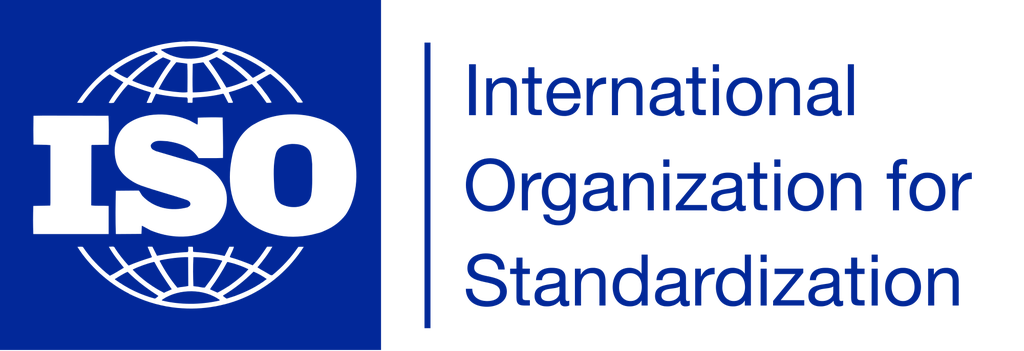ISO standards, written by the International Organization for Standardization, provide requirements to ensure products and services meet the quality that is expected of them. Companies that conform to these standards instill trust in their customers, which can help them to gain access to international markets.
This quality management system provides many benefits to many different, specific fields and industries. Specificity is great, but it also signifies great volume – there are, in fact, over 19,000 standards to trawl through. So, as our aim is the make the life of researchers constantly easier, labfolder has published a Whitepaper, highlighting and explaining the standards that apply specifically to the laboratory and how scientists can conform to the standards.
Here is a quick overview and introduction to the topic, you can read more information in our Whitepaper, that is available in both German and English.
Why is quality management important for laboratory work?
Like other products and services, by conforming to the ISO standards, scientists can guarantee and uphold a certain quality. Customers are assured of a consistent quality by an external assessment. This is particularly relevant to certain fields of research, for example, medical engineering, where these standards are even compulsory.

What are the most important standards for science?
ISO 9001 – This is a general standard that applies to all associations and fields and is recognized worldwide. It is the foundation for all the other standards below, that apply to more specific fields.
ISO 13484 – For medical equipment.
ISO 15189 – For medical and diagnostic labs.
ISO 17025 – For testing and calibration labs.
What are the governing principles that make up the ISO Standards?
There are two main principles that are at the core of the creation of quality management systems: processes and people.
For the process part, ISO Standards follow the Plan, Do, Check, Act (PDCA ) cycle, which later has to be documented, along with the validation status.
But of course, processes would be nothing without the people behind them and that is why organization members play a key part in the success of a quality management system. All members have to be committed to the system, some given specific quality management responsibilities and the access to certain documents can only granted to particular authorized persons. And, naturally, all this information has to be documented.
So, what might be apparent here, is the importance and frequency of documentation that is necessary to conform to the ISO Standards. Now, all these requirements may seem a little daunting. However, here at labfolder, we do not want to simply highlight the problem, we also want to provide a solution! The Whitepaper includes information on how the labfolder platform can make the documentation process easier so that laboratories can keep to these standards without thinking!
Does it sound too good to be true? Well, here is an example to coax you into believing that correct documentation, compliant ISO Standards, can be effortless: labfolder’s digital lab notebook automatically draws up a Full Audit Trail, as well as numbering pages, giving documents a unique number ID and much much more.
Just follow the link to our Whitepaper to find out more about the ISO requirements, as well as learning how labfolder can make the whole process of documentation a lot easier and a lot quicker.
Leave a Reply